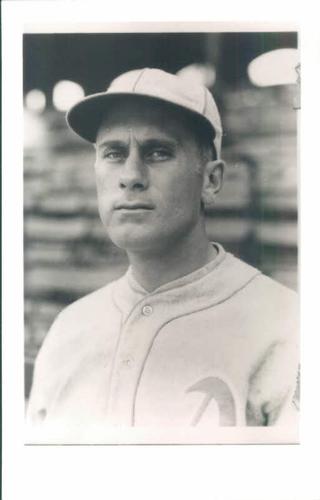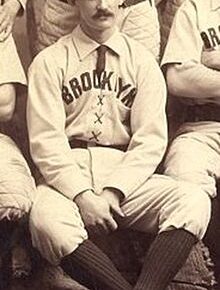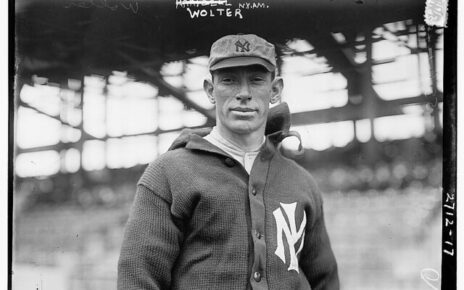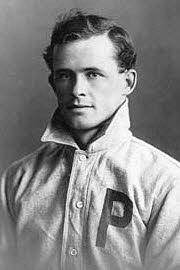By the late 1920’s the idea of the two-way player had been pushed to the back of the baseball landscape. At least this was true in the white major leagues, where things had become more set in stone as far as positions played are concerned. In the Negro major leagues and minor leagues across the board the two-way player was alive and well. The results varied, but that has always been and always will be true when players attempt to play all sides of the field.
Ossie Orwoll had spent a couple of seasons establishing himself as a decent hitting outfielder for the Milwaukee Brewers of the American Association when he found himself playing first base and appearing in relief for the Philadelphia Athletics of the American League. In 1928 he played 34 games at first base where he slashed .306/.366/.406 while also toeing the rubber in 27 games and producing an ERA of 4.58, a WHIP of 1.509, and an ERA+ of 88. At the dish Orwoll was worth 0.4 rWAR while on the mound he accumulated 0.7 rWAR, for a total rWAR of 1.1. The lefty didn’t set the world on fire, but he laid the groundwork for the possibility of him being a true two-way success story.
1929 was a step back for the Portland native. He played 8 games in center field, 1 game in left field, and appeared in 12 games as a reliever. In 30 innings on the mound he had an ERA+ of 89, an ERA of 4.80, and a WHIP of 1.267. He improved in certain areas, but on the whole he was mediocre hurling the ball, as seen in the rise of his FIP from 4.24 the year before to 5.56 in 1929. In 51 at-bats he slashed .255/.283/.333. His batting rWAR was 0.0 while his pitching rWAR was -0.3 for a whopping -0.3 total rWAR. There is some small sample size magic at work, and I really would have liked to see Orwoll get some more time in the batter’s box, but that is not how the season played out.
Not only was
Lead photo courtesy of James T. Elder – James T. Elder Postcards




